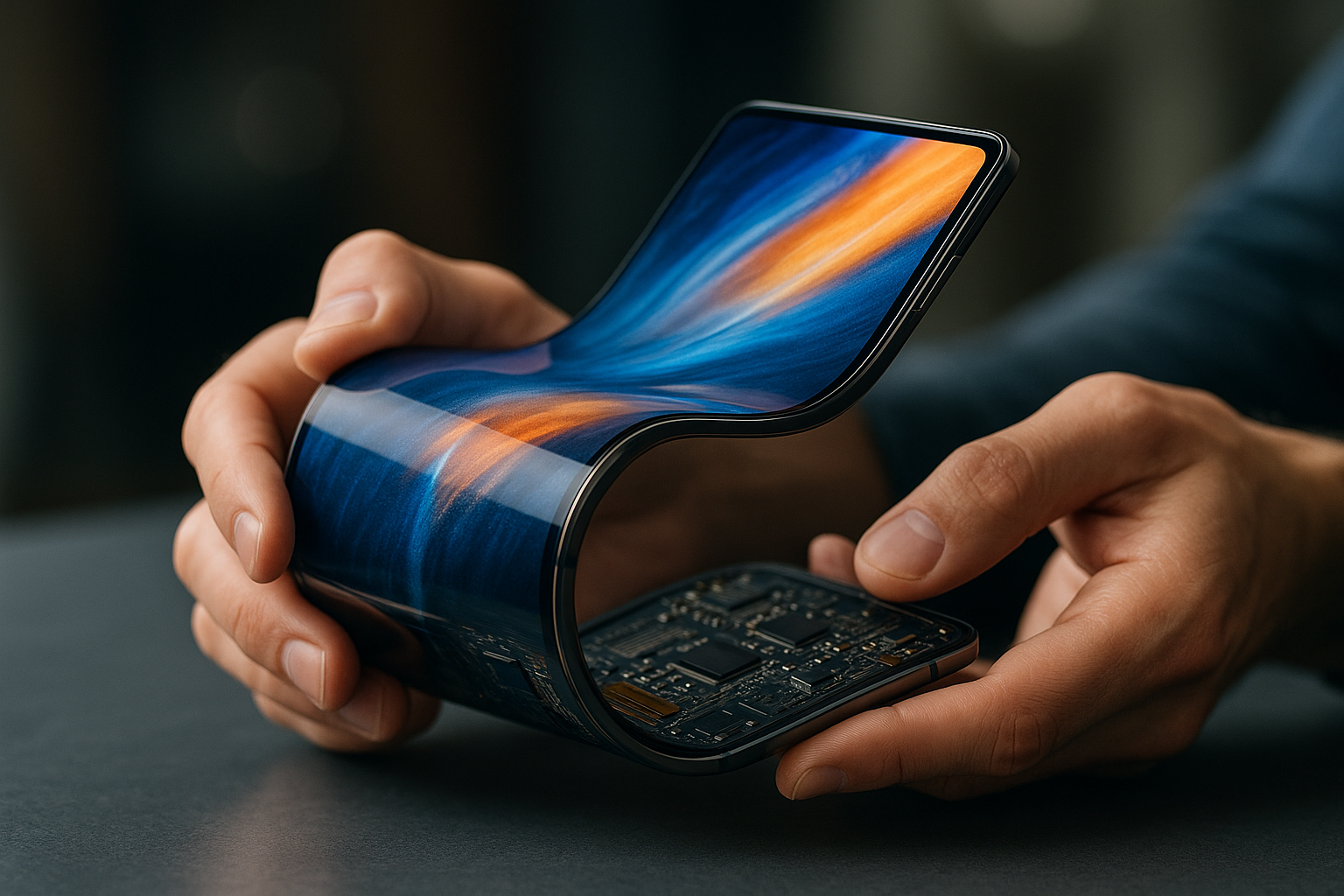"The Dawning Era of Flexible Electronics: An Exploration of the Bendable Future"
In a world where modern technology is constantly pushing boundaries, a new era of flexible electronics is taking shape. This burgeoning field, which merges innovation with adaptability, is set to change the face of technology as we know it. Let's delve into the history, current trends, and future implications of this remarkable development.

The Birth and Evolution of Flexible Electronics
Flexible electronics, as the name suggests, are electronic devices designed on flexible materials, enabling them to bend, roll, fold, and twist without losing their functionality. The concept isn’t entirely novel — it can trace its roots back to the 1960s with the invention of the flexible printed circuit board. However, it wasn’t until the 21st century that technological advancements allowed this concept to evolve into a fully-realized industry.
The Present State of Flexible Electronics
Today, flexible electronics have infiltrated various sectors, from healthcare and wearable technology to consumer electronics and even space exploration. For instance, Samsung’s Galaxy Fold and Royole’s FlexPai smartphones have brought the concept of flexible electronics to the mainstream, offering foldable screens that redefine the smartphone experience.
Pricing and Market Impact
The market for flexible electronics is predicted to grow exponentially in the coming years. According to a recent report by Market Research Future, the global flexible electronics market is expected to reach $87.21 billion by 2027. Despite their high-end price tags — the Galaxy Fold, for instance, is priced at nearly $2,000 — their unique features and growing demand are set to disrupt the technology market significantly.
The Future of Flexible Electronics
The future of flexible electronics is brimming with possibilities. Companies like Polyera and Plastic Logic are already developing flexible e-ink displays, while others like Imprint Energy are working on flexible batteries. As technology continues to evolve, we might soon see everyday objects, from wearable tech to household appliances, transform into bendable, flexible forms.
Conclusion
The dawn of flexible electronics isn’t just a testament to technological advancement, but a glimpse into a future where adaptability and convenience are the crux of innovation. As we move forward, it’s exciting to witness how this technology will reshape our lives, proving once again that in the realm of electronics, the only constant is change.




